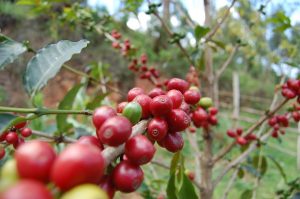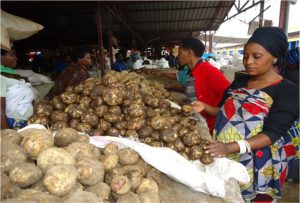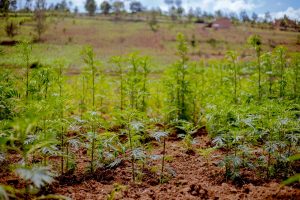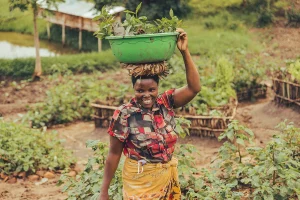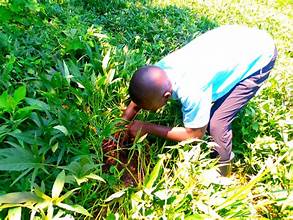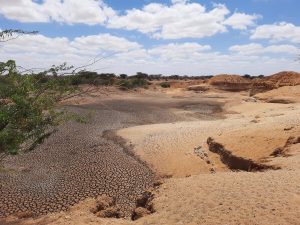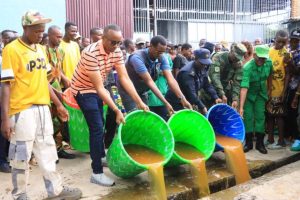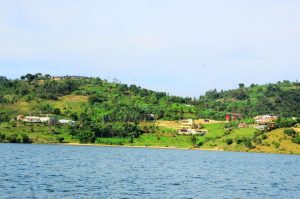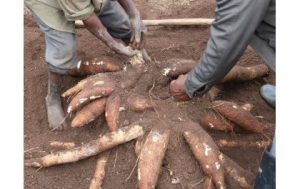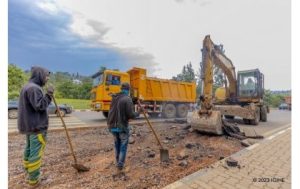Advancements in Bovine Reproductive Technologies in Rwanda: Towards Enhanced Livestock Productivity by 2026
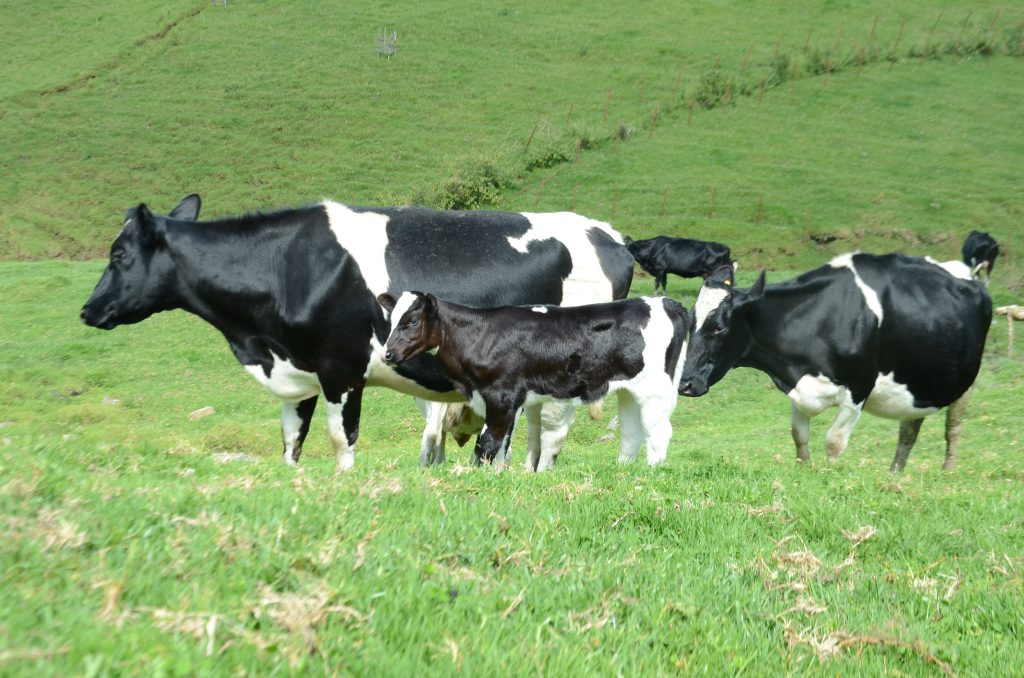
The Rwanda Agriculture and Animal Resources Development Board (RAB) has announced significant innovations in livestock breeding technologies, with the goal of increasing cattle productivity substantially by 2026. Central to this initiative is the implementation of an advanced embryo transfer program designed to dramatically elevate calving rates.
Currently underway at the Songa Station in Huye District, the project aims to transform traditional herds, which typically produce one calf every two years, into highly prolific reproductive systems capable of generating up to 16 calves annually per heifer. This will be achieved through cutting-edge reproductive techniques, notably in vitro fertilization and embryo transfer.
The process involves collecting oocytes from healthy donor heifers and high-quality bulls, fertilizing them in laboratory conditions to produce embryos, and subsequently transplanting these embryos into recipient heifers. Success hinges on inducing superovulation in donor cows—hormonal treatments that stimulate the production of multiple high-quality eggs simultaneously, contrary to the natural single-egg cycle during estrus.
In parallel, RAB is deploying sexed semen technology to influence the sex ratio of offspring. By sorting semen prior to insemination, this technology can produce offspring with approximately 95% accuracy in gender determination, enabling breeders to selectively produce female or male cattle depending on production goals.
By the end of 2026, the integration of embryo transfer and sexing technologies foresees a transformative shift in Rwanda’s cattle breeding landscape. Songa Station, the sole bovine semen processing facility in the country, currently houses ten elite bulls producing approximately 120,000 semen doses annually, predominantly from Friesian and Jersey breeds. The facility’s research activities support genetic improvements across various breeds to optimize livestock output.
RAB plans to expand its bull inventory to thirty animals by 2025, with projected semen production reaching 900,000 doses annually. These advancements aim to significantly increase national cattle herd productivity and genetic quality, fostering sustainable livestock development and Food Security in Rwanda.
This strategic technological leap underscores Rwanda’s commitment to modernizing its agricultural and livestock sectors, ensuring increased efficiency, productivity, and resilience in its livestock systems for years to come.

SUBSCRIBE TO OUR NEWSLETTER



